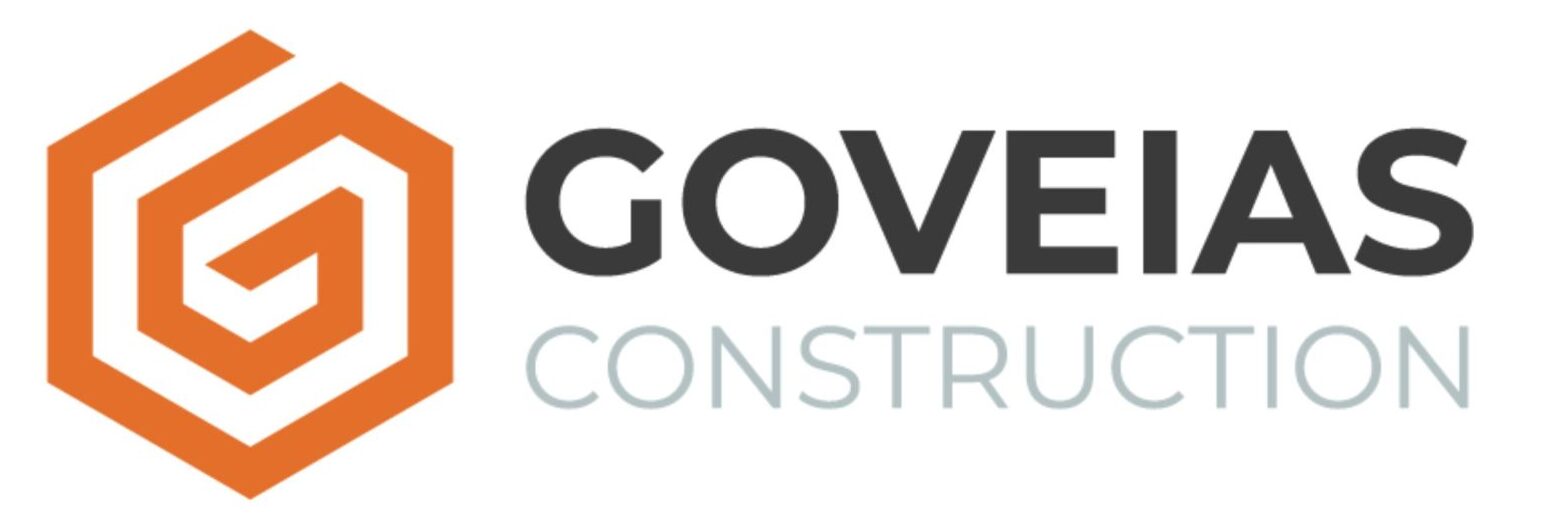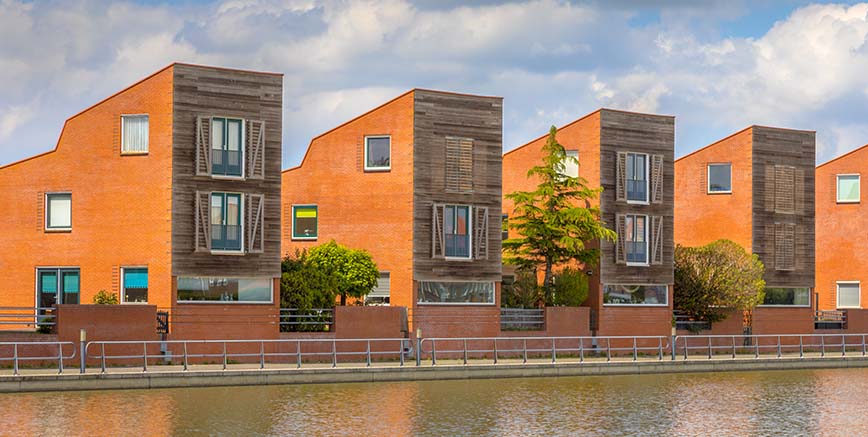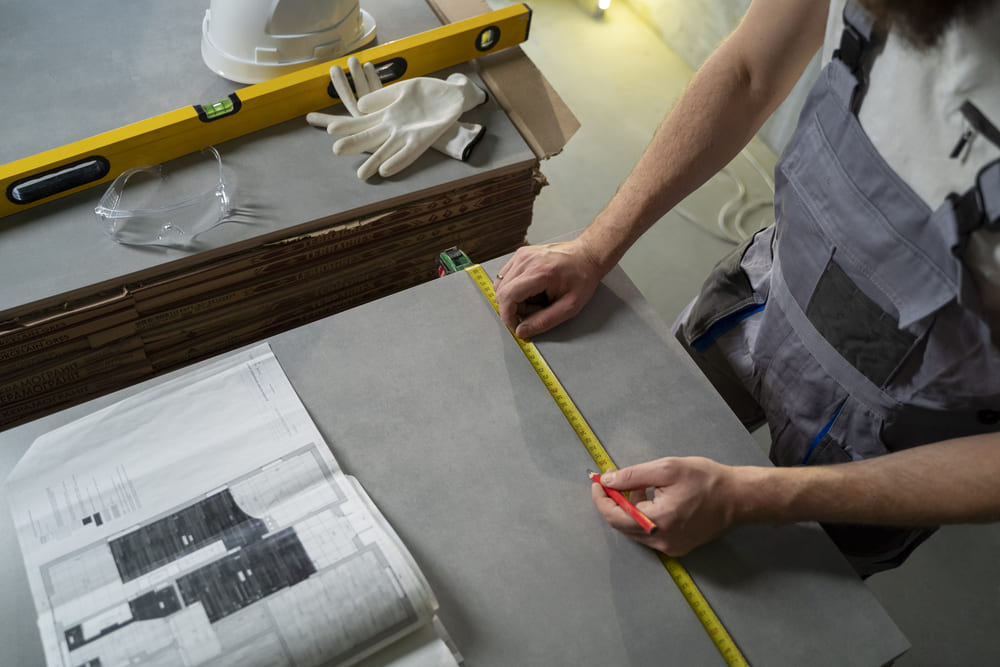
Are you looking for solid long-term financial returns from property investment? Building new properties can be a good strategy for maximizing these returns.
By building from the ground up, you can fully customize the project to meet market demands and implement the latest innovations in design and sustainability, resulting in highly desirable and profitable properties.
Additionally, building new properties has become necessary for many cities dealing with growing urbanization. However, despite the numerous benefits, investments in real estate must be made with extreme caution and planning.
This article will explore the main factors you should consider when embarking on this journey.
Market Analysis: Evaluating Real Estate Trends
The American real estate market has been going through a turbulent period recently, with high property prices and unaffordable conditions for buyers. This scenario has resulted in a decrease in the number of home purchases.
According to the latest S&P CoreLogic Case-Shiller Home Price Index, home prices fell from April to May. Despite this, the index indicates that many people find real estate unaffordable.
However, this percentage drop shows a change in the market that could influence the behavior of people interested in buying properties. Currently, the real estate market is affected by several factors that impact the value of real estate, such as economic conditions, demographic shifts, and technological advancements.
Here are some trends to keep an eye on when following market changes:
Urbanization and Suburban Growth
As urban areas become more crowded, there’s a noticeable shift toward suburban growth. Many people seek more space and affordability, driving demand in suburban areas.
Sustainability and Green Building:
There is a growing emphasis on sustainable and environmentally friendly building practices. Properties incorporating green technologies and materials are increasingly attractive to buyers and renters.
Technology Integration
Smart homes and buildings equipped with advanced technological components are becoming highly desirable. Features such as energy-efficient systems, smart security, and automated controls are no longer just luxuries. They are expected amenities.
In addition, when analyzing the local real estate market, you need to understand the specific demand in the area to make your investment even more profitable. Consider aspects such as:
- The demand for different properties (residential, commercial, mixed-use).
- The current supply of properties and the pipeline of upcoming projects to understand the level of competition.
- Identify niches or underserved segments where demand exceeds supply.
Factors to Consider in Selecting the Ideal Location for Construction
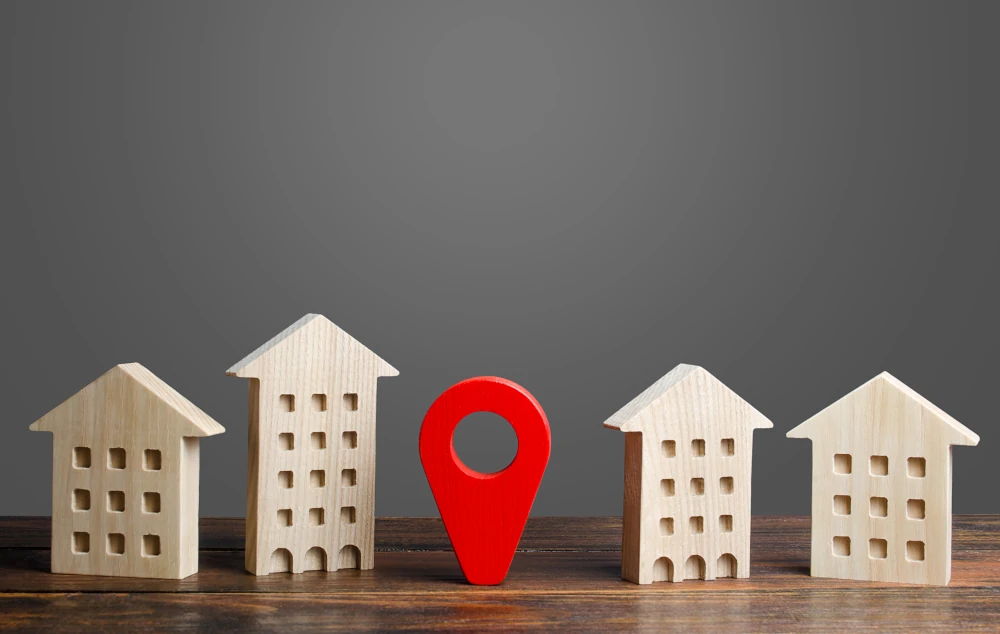
Once you’ve analyzed the market demands, it’s time to make more practical decisions. The choice of building site can impact the success or failure of your investment.
Here are some of the factors you should consider when choosing a site:
Economic Stability
The economic health of the area significantly affects property values. Areas with strong job markets, diverse industries, and low unemployment rates are typically more attractive.
Zoning Regulations
Understanding local zoning laws and regulations is essential. These laws dictate what can be built where and impact the scope and feasibility of your project.
Market Demand
Conducting thorough market research to understand the demand for different property types can guide the development strategy. Areas with high demand for residential properties might differ significantly from those favoring commercial developments.
Transportation Links
Easy access to public transportation, major highways, and airports enhances a property’s appeal. Properties in well-connected areas attract more buyers and tenants, leading to higher occupancy rates and better returns.
Utilities and Infrastructure
Reliable access to water, electricity, internet, and waste management services is essential—areas with modern infrastructure support more sustainable and efficient developments.
Essential Services
Proximity to schools, hospitals, shopping centers, and recreational facilities boosts a property’s desirability. These amenities improve the quality of life for residents and increase property values.
Neighborhood Development
Areas undergoing significant development or urban renewal projects can offer appreciation potential. Investing in these regions can yield high returns as the area improves.
Safety and Crime Rates
Low crime rates and community safety are crucial for residential properties. Buyers and tenants prioritize their safety, and properties in safer areas typically have higher values.
Environmental Factors
Natural surroundings, such as parks, lakes, and green spaces, can enhance property values. However, it’s also important to consider potential environmental risks like flood zones or areas prone to natural disasters.
Selecting the right location involves balancing these multiple factors to ensure the long-term success and profitability of the investment.
Long-Term Value with Sustainability and Energy Efficiency
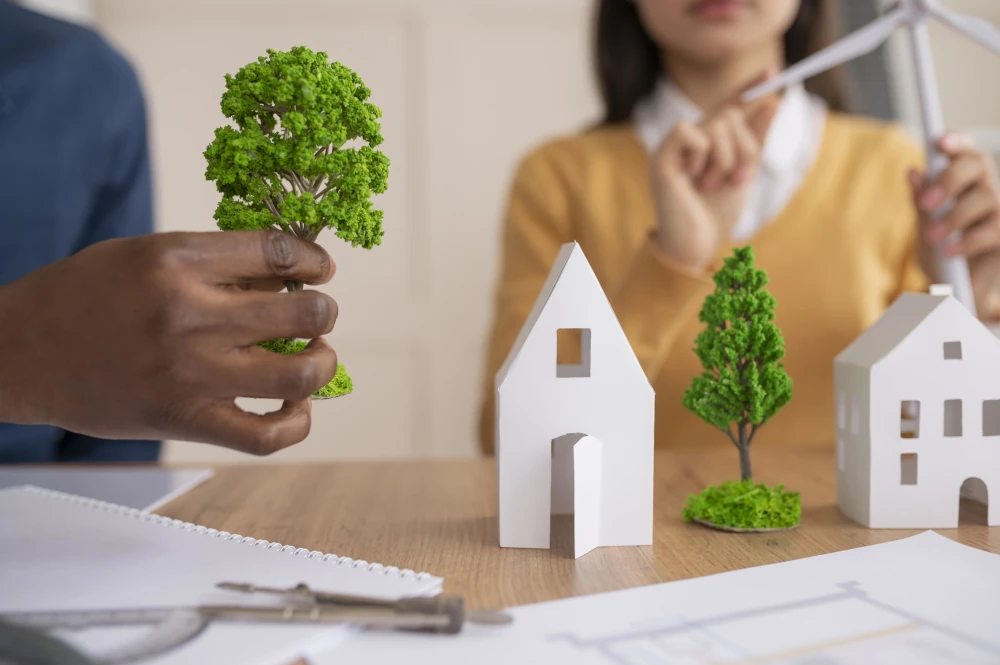
Integrating sustainable practices into construction projects offers immediate and long-term benefits. Here are some of the practices that contribute to environmental preservation and enhance the overall value and appeal of the property:
Renewable Energy Systems
Installing solar panels, wind turbines, or geothermal systems can provide renewable energy, reducing reliance on non-renewable sources and lowering energy costs.
High-Performance Insulation
Using advanced insulation materials, such as spray foam or rigid foam, improves the building’s thermal envelope, reducing heating and cooling demands.
Double or triple-pane windows with low-emissivity (Low-E) coatings help minimize winter heat loss and reduce summer heat gain, improving overall energy performance.
Smart Building Systems
Integrating smart thermostats, lighting controls, and energy management systems allows for better energy use monitoring and optimization, leading to significant savings.
The Importance of Efficient Project Management
All these factors mentioned previously are essential, but your investment could go down the drain without effective project management.
The team responsible for your construction needs to follow a systematic approach and utilize advanced tools and practices to ensure the project is completed on time, within budget, and to the highest quality standards.
Investing in good planning can:
- Risk mitigation
- Cost control
- Quality assurance
Benefits of Building New Properties
Investing in new construction projects offers numerous benefits, including:
- Diversify your investment portfolio
- Reduce risk and enhance overall stability
- Attract more buyers and tenants
- Long-term returns
Are you ready to take your property investment portfolio to the next level?
At Goveias Construction, we are dedicated to guiding you from market analysis and location selection to sustainable building practices and efficient project management.
Contact us today for more information!
